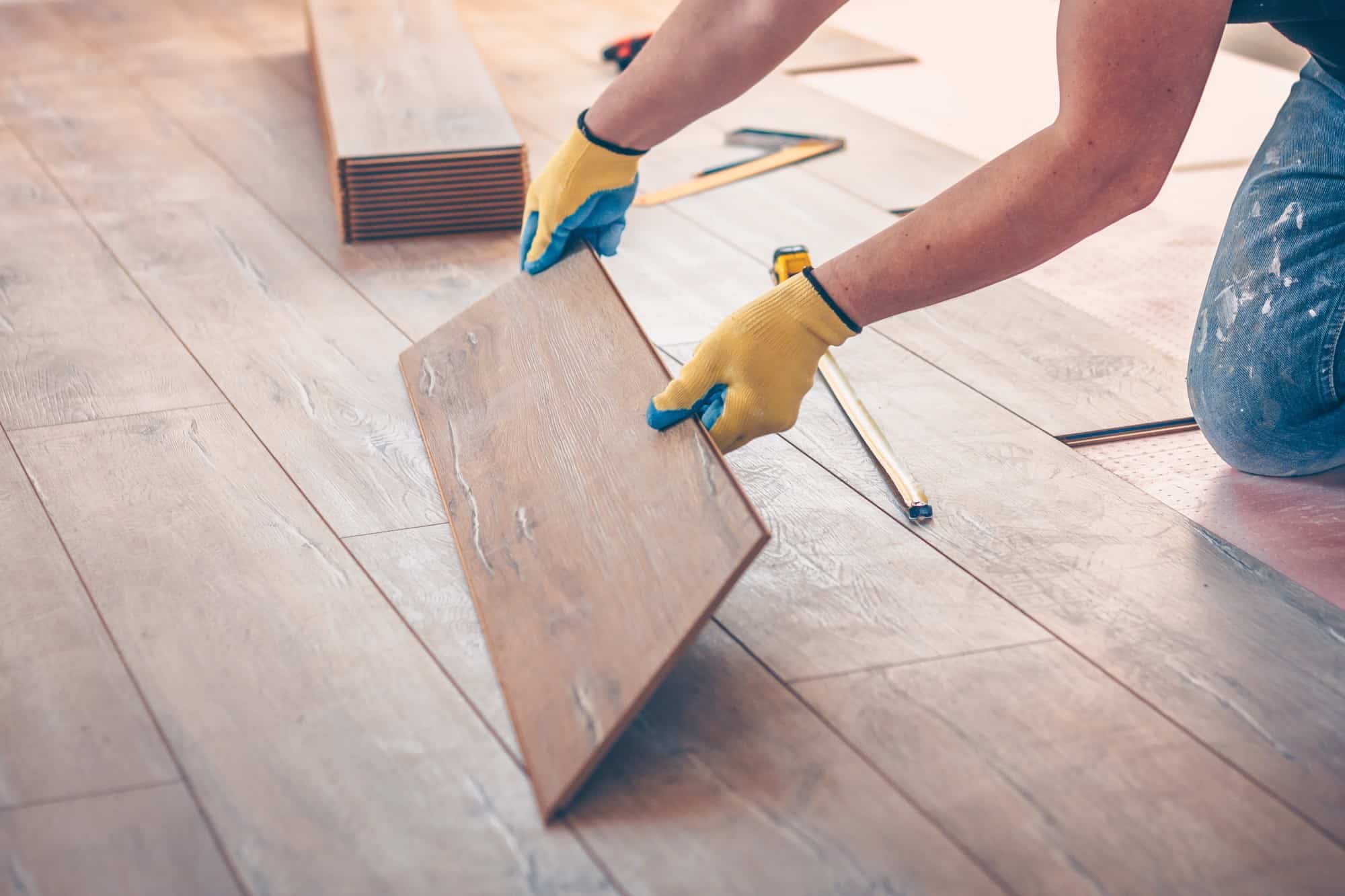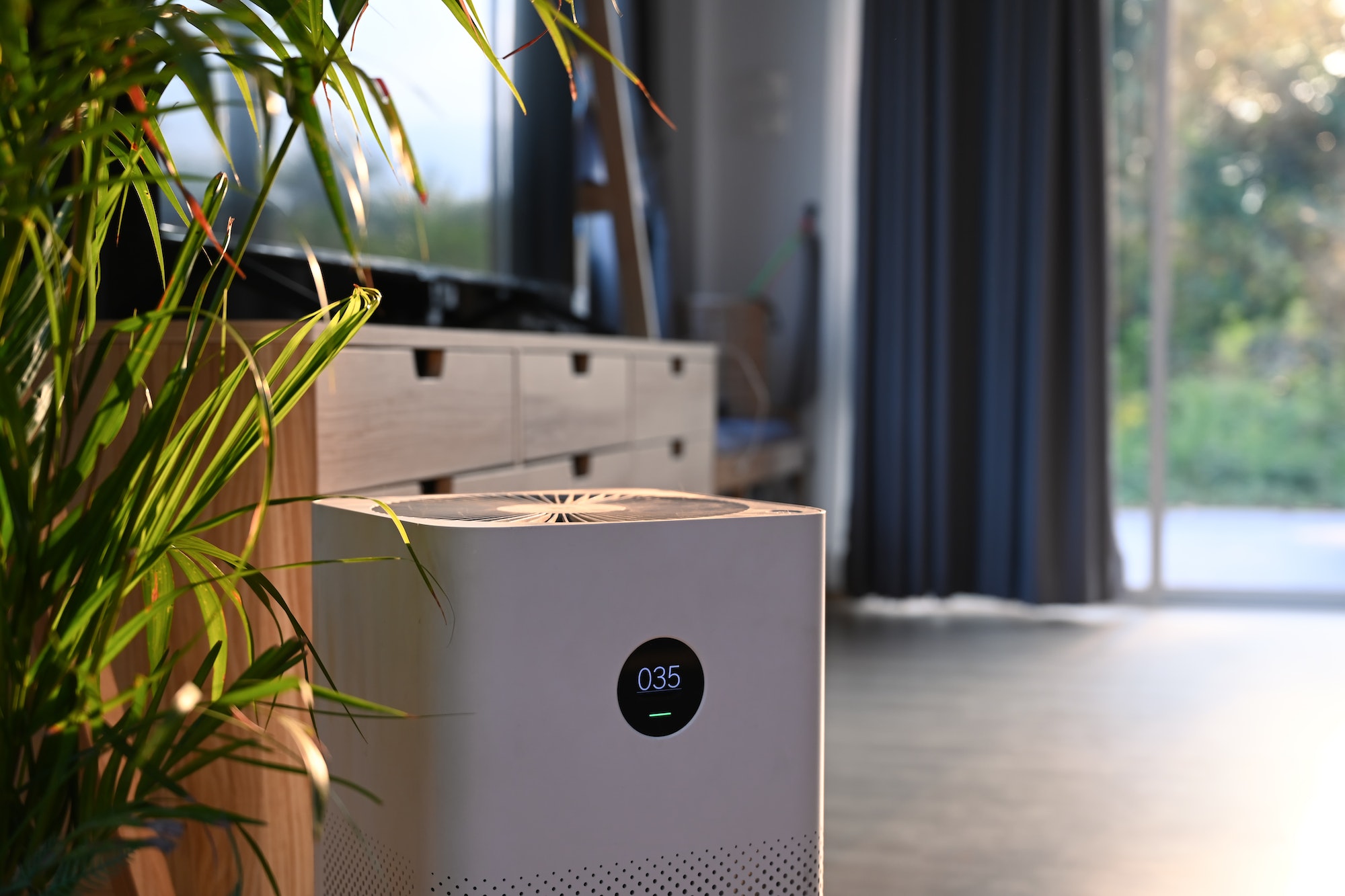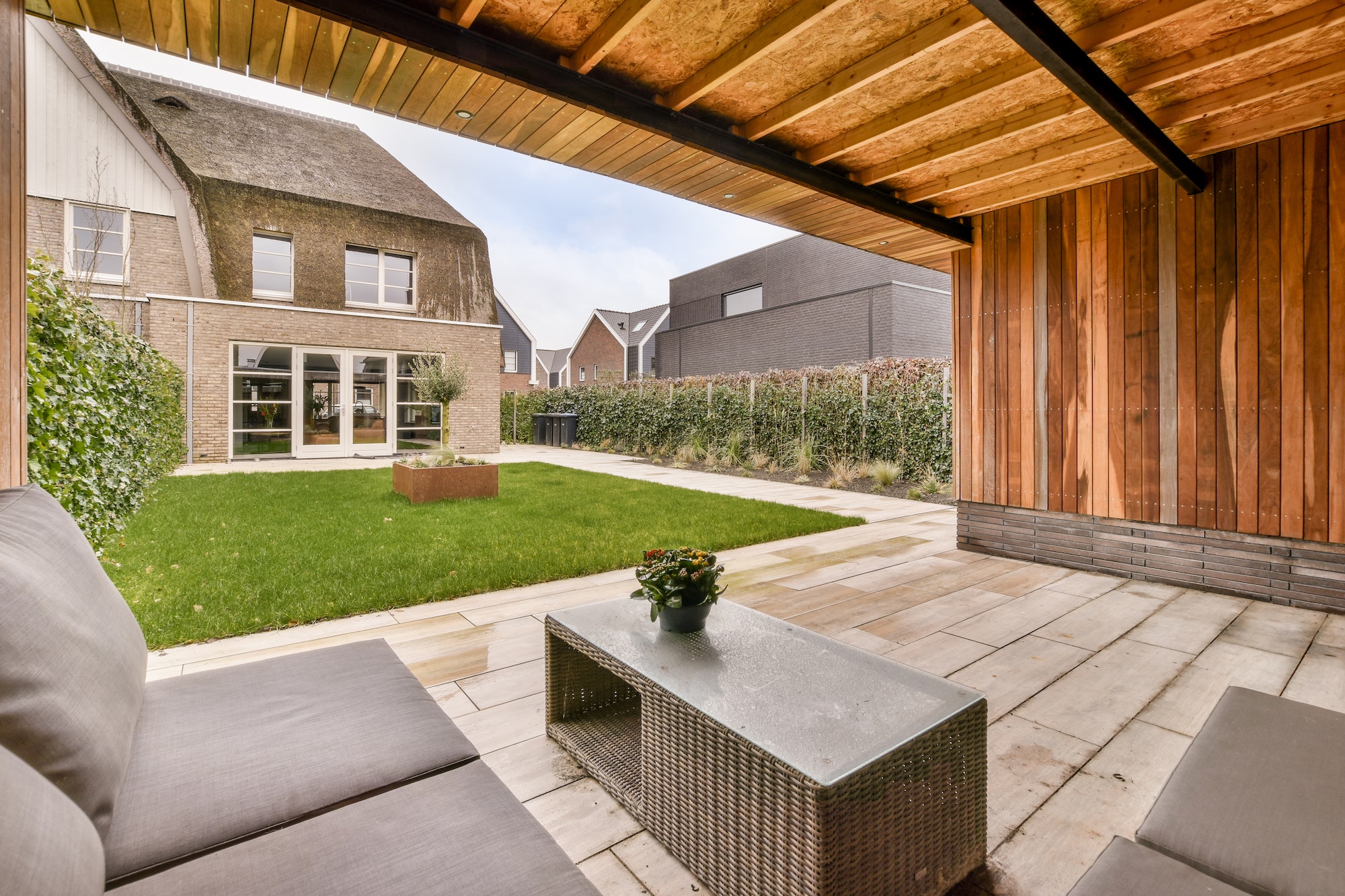Does your home have the right flooring materials? Different types of flooring materials have advantages and disadvantages. Your kitchen can’t have porous floor materials and your bedroom shouldn’t have cold tiles as flooring.
If you want to know the different floor materials types, read on. Below, we will also discuss where these flooring materials are most and least fitting. Stick around till the end for some tips on choosing the best floor.
Types of Materials
Let’s start this guide with an overview of the types of flooring on the market. Read on and find out the different flooring materials available to you. Knowing more about this subject can ease the decision-making process about wood flooring.
1. Hardwood
First on our list is hardwood flooring, which is also one of the most common and durable flooring types. They often create planks from a single piece of solid wood of your choice. Wood flooring is on the market sold as either finished or unfinished flooring.
2. Bamboo
Next on this list is another type of wooden flooring, using bamboo this time. Unlike hardwood, bamboo is a fast growing and a very plentiful resource.
Like hardwood, bamboo flooring comes in strips and planks.
3. Engineered Wood
Engineered wood uses different layers to create one plank. Its top layer is genuine hardwood. This layer goes on top of many plywood layers and gets sealed with them.
Much like hardwood flooring, engineered wood comes with different varieties of woods.
4. Laminate
Laminate wood flooring looks a lot like real wood flooring, but don’t get fooled. Unlike hardwood flooring, laminate doesn’t have a top layer made of real wood. It uses a photorealistic image as its finish instead.
Like engineered wood floors, it has a top layer sealed over layers of plywood or compressed fiber. Other laminate versions may also look like ceramic, stone, or stained concrete. You can get laminate flooring in either planks or tiles.
5. Cork
If you want an eco-friendly solution, cork uses elements of wood without killing the tree. Like wood flooring, it offers the same warm, “wooden” appearance. Cork flooring is often available as pre-finished products.
Its design is like laminate wood, using layers glued and sealed together to create a plank. Cork flooring is buyable as tiles or planks. Cork flooring will need wax or polyurethane resealing every 3-5 years.
6. Linoleum and Vinyl
Resilient and created from renewable materials, linoleum is a popular flooring choice in kitchens. This flooring comes either as sheets, tiles, or laminate planks. You can get linoleum with or without a protective coating.
Vinyl is like linoleum. It’s a flexible and soft material but not as durable. This is because vinyl is a layer of PVC (polyvinyl chloride) plastic sealed over a layer of felt.
Both linoleum and vinyl hold up well against moisture and heavy traffic. They’re warm and soft enough for bare feet. They’re inexpensive flooring solutions and popular types of floor coverings.
7. Ceramic Tile
Created from clay and shale, ceramic makes a tough flooring material. Unlike hardwood flooring, you can replace an individual tile when it’s chipped. Ceramic tiles are waterproof flooring, but they’re difficult to install.
8. Natural Stone Tile
Granite, marble, travertine, and sandstone are some flooring materials used as natural stone flooring. It’s a classic choice for areas in the house that often get wet or damp. Note that different finishes need different amounts of care.
9. Carpet
In bedrooms, carpet flooring is a favorite among many homeowners. Its soft, quiet, and warm features are perfect for bare feet. It’s one of the most expensive and high-maintenance flooring choices.
10. Concrete
As a recent design trend, many people are still experimenting with polished concrete. Many industrial establishments use concrete in storage areas. Maintain this flooring with an industrial epoxy flooring installation.
Factors to Consider When Choosing
When you’re looking at the various flooring materials, you need to consider your budget most. The various types have various price ranges. Consider what you can afford and which can get you the best long-term investment or ROI.
Look at the room you’re shopping for. Some flooring types aren’t flexible to work for every space. For example, carpet and hardwood aren’t ideal house-wide floorings.
You also need to consider who is walking over these floors. If you have pets, you want scratch-resistant flooring. If you have an establishment, you want a floor that can handle heavy foot traffic.
If you plan to install the flooring by yourself, make sure you can do it. Check the requirements that each flooring type needs. For example, vinyl flooring without an underlayment can make echoes.
Finally, check the aesthetic and if it matches the rest of the house or establishment. Some people look at this first and look at the other factors later. Remember, you’ve got a lot of alternatives that can duplicate other floor types too.
Which Types of Flooring Materials Work Best?
Your home or business can get a proper glow-up with the right flooring choice. Are you looking for the most durable types of flooring materials? Choose bamboo, travertine, tile, or vinyl sheet floorings.
If you want to avoid slipping on wet floors, choose concrete, vinyl, porcelain, or ceramic. Have you got children often walking about on bare feet? Cover your floors with a carpet, cork, or vinyl.
Ceramic tiles, laminate, and some hardwood flooring last long high-traffic areas. An affordable hardwood floor alternative is laminate flooring. Low-maintenance floorings include coated linoleum, tiles, glazed ceramic, and laminate wood.
If you’re looking for environment-friendly alternatives, look to linoleum for vinyl floors. Bamboo is the alternative for hardwood flooring. Cork is another great alternative for hardwood floor types.
Get the Best Flooring Type Now!
Homeowners renovate their homes for more return on investment later. The new interior design trends are another reason for the constant flooring changes. By 2024, we are expecting the flooring market to exceed $472.5 billion.
Fortunately, now that you have a better grasp of the different types of flooring materials, you know where to put your money. You know about their pros and cons and the factors you have to consider.
But why stop here? If you want to see more in-depth guides like this, check out our other posts now.
Discover more from Futurist Architecture
Subscribe to get the latest posts sent to your email.




